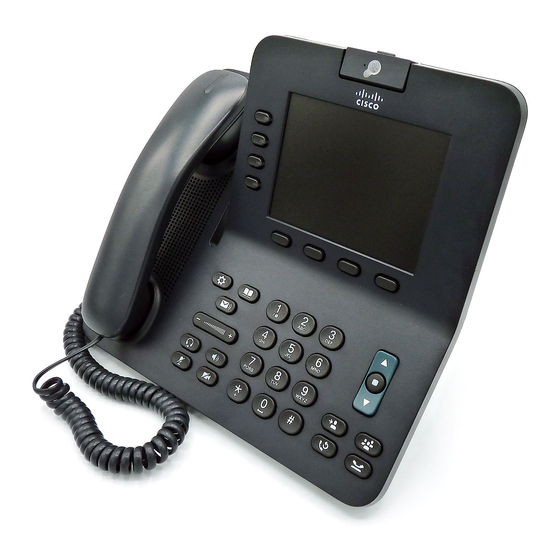Table of Contents
Advertisement
Cisco Unified IP Phone 8941 and 8945 Administration Guide for Cisco
Unified Communications Manager 10.0 (SCCP and SIP)
First Published: 2014-01-09
Last Modified: 2017-05-02
Americas Headquarters
Cisco Systems, Inc.
170 West Tasman Drive
San Jose, CA 95134-1706
USA
http://www.cisco.com
Tel: 408 526-4000
800 553-NETS (6387)
Fax: 408 527-0883
Advertisement
Table of Contents
Troubleshooting















Need help?
Do you have a question about the Unified IP Phone 8941 and is the answer not in the manual?
Questions and answers